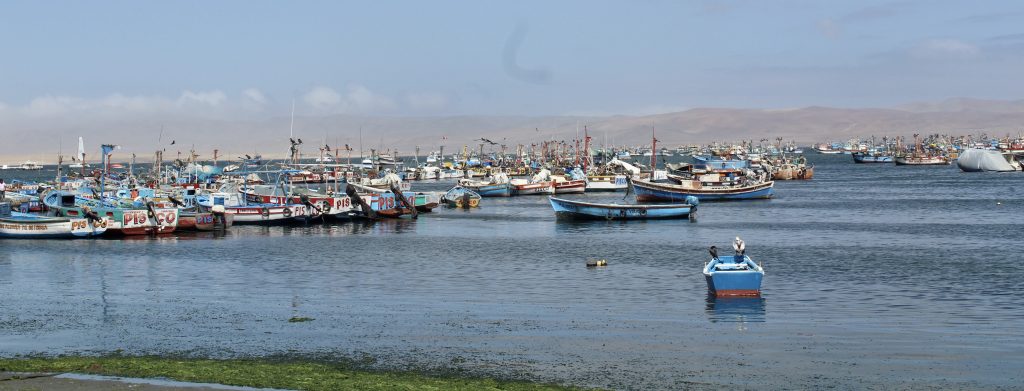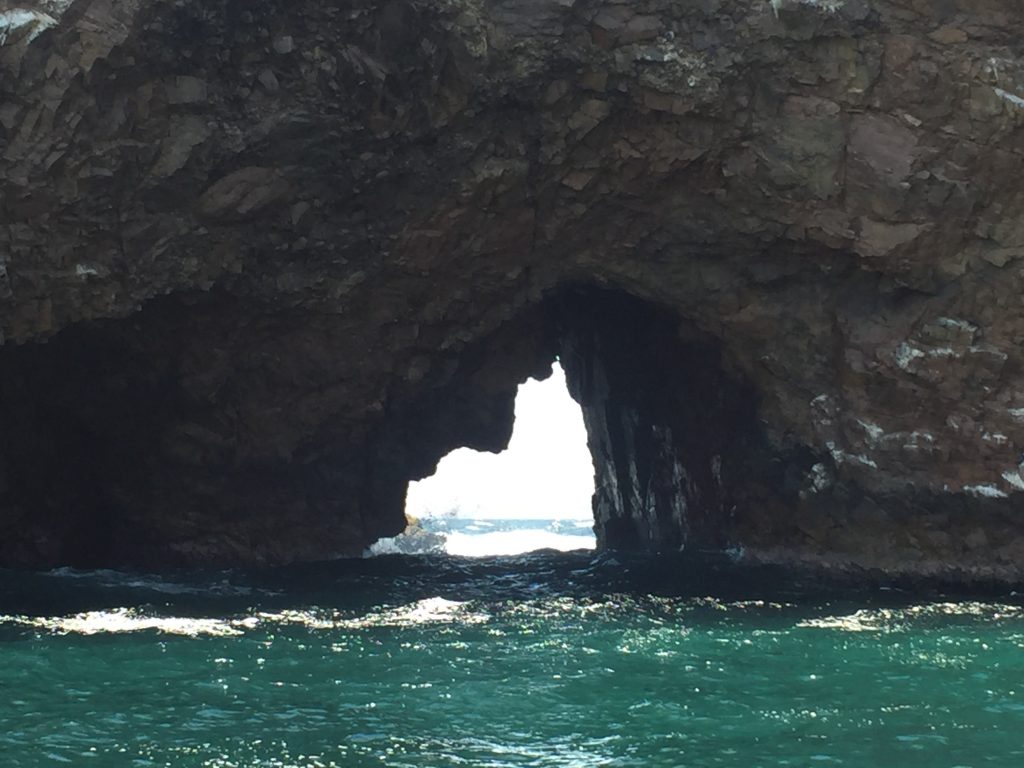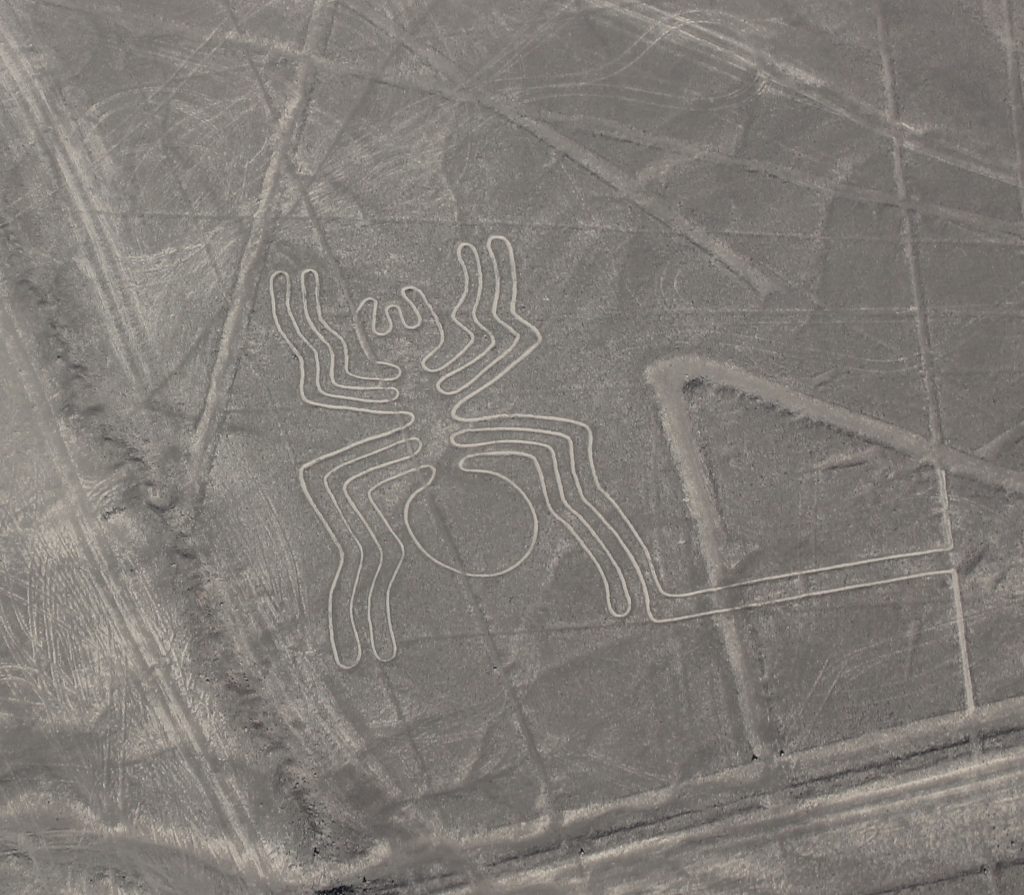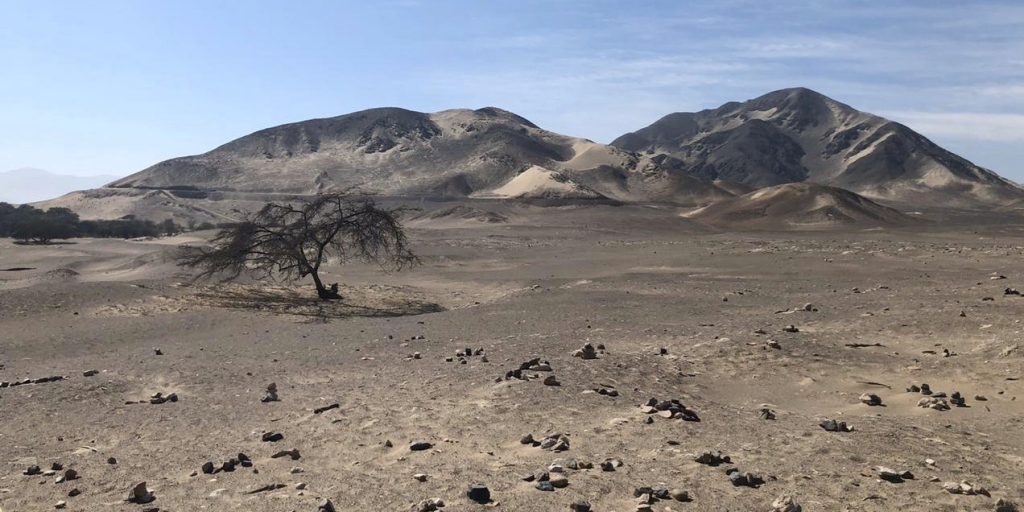Grand Tour of Peru 1
29 January 2020

I caught the travel bug early but paused to focus on my career and family. Now, I explore the world, share authentic travel experiences, and inspire others through my blog, mollywozhere. Join me for tips, stories, and adventures!
- Egg coffee – one of my amazing experiences in Vietnam! - 9 July 2024
- Cambodia: rich in history and culture - 9 July 2024
- Angkor Wat: Cambodia’s architectural marvel - 9 July 2024
For me Peru is much more than Machu Picchu, though it is the primary reason that I visited as I wanted to see one the 7 Wonders of the World.
You will love Peru. I did. It is a land of contrasts and dramatic scenery. You will experience the soaring peaks of the Andes Mountains at varying altitudes up to 4,300 metres above sea level; the Colca Canyon- the world’s second deepest canyon; the highest navigable lake of Titicaca at 2,400 meters above sea level; the simple lifestyle at the homestay on Lake Titicaca and the upscale suburban district of Miraflores in Lima.
You will also experience the Atacama desert, one of the driest places in the world and be surprised by the existence of a desert oasis with towering sand dunes. You won’t want to miss the sea birds or the seals basking in the sunshine on Ballestas Islands or the majestic condors soaring in the sky over the Colca canyon.
You will naturally not want to miss the flight over the Nazca lines or miss the primary reason for visiting in the first place – Machu Picchu!!
Greetings in the old Quechua language – ‘Allilanchu’ meaning Hello, and ‘allin punchay’ meaning Good Morning.
Travelling through a country like Peru required careful organisation of hotels, transfers, flights, sightseeings and transportation from one place to another. This is when one needs the expertise of an organised tour company.
My journey started with a long flight from London to Lima. We drove along the east coast taking in all the sights, before turning inland through the Andes Mountains (up to 4,600m -Negro Mayu, the highest point on our trip) and stopping in various towns along the way including Abancay, Ollantaytambo, Cusco (3,400m), Machu Picchu (2,400m) and then travelled down south to Amantani Island on Lake Titicaca (3,800m) and Puno, and climb up the Andes again to Colca Canyon and back down again to Arequipa.(2,350m), and finally took the flight back to Lima before returning to the U.K.
One of the challenges was of course adapting to the change in altitudes and avoiding sickness. I took the advice of our tour guide by keeping hydrated and drinking tea made with the coca leaves. This is legal in Peru and we were advised not to take any home a they were not legal in most countries outside Peru.
Travelling through Peru was a great adventure, one which I enjoyed immensely, and would recommend it anyone wanting to experience a rich and interesting culture, history, and stunning landscapes.
Sail to the Ballestas Islands

The Ballestas Islands are a small group of islands about four hours drive from south of Lima; also very close to Paracas town. The Ballestas Islands are said to have the highest concentration of marine birds in the world. The islands can only be reached by boat excursions.

There is something exhilarating about seeing thousands of of birds and marine animals in their natural habitat. It is an indescribable sense of freedom and happiness that you feel just watching these animals. I could understand how David Attenborough felt when shooting those extraordinary films of the natural world.




No-one was allowed on the islands except the Rangers who visit to collect the birds’ poos to be sold as fertilisers. The Incas had discovered that they could produce two or three harvest a year using the natural the birds’ poos as natural fertilisers.




As our boat sailed round the islands, our guide pointed out this rock formation to us and asked what we thought it looked like. The locals believe that it is the face of Jesus. Can you see the outline of the face?

The trip back to the port on the open top motorised-boat was hair-raising. The weather had suddenly changed and the skipper tried to get us all back to shore as quickly as he could. It was one of the bumpiest boat rides ever, and some of us got very wet. Despite wearing a life jacket, I was still uncomfortable particularly because of the fact that I cannot swim. I don’t think I would be doing that boat trip again anytime soon.


On the boat ride to the Ballestas Islands, you will see the famous pre- Inca Paracas Candelabra, a giant figure of about a metre and half deep etched into the sandy hillside. Candelabra means strong wind. The boat stopped for us to take pictures before continuing on the cruise round the islands.
The Ballestas Islands is a wildlife sanctuary and paradise for birds lovers. So if wildlife, particularly birds watching, is your thing, you will love this trip which can also be done as a day trip from Lima or Paracas, a town on the west coast of Peru.
Nasca Lines - archeological mysteries

The Nasca lines are one of the world’s greatest mysteries. They are huge drawings and patterns edged into the desert land.

On our way to the Nasca lines, we stopped at the viewing platform. My fellow travellers could not wait to climb to the top of the platform with our guide. But when I got closer, it seemed to me to be a flimsy structure, not capable of holding the large number of people climbing to the top.. I decided to wait at the bottom for everyone ! I could not be persuaded to climb four flights of stairs to the top.


This is the second viewing platform on the other side of the busy road, a short distance from the first one.. As it was such busy road and an unavoidable tourist stop, there were officials helping touring to cross the road. Once I assessed the stability of this second platform and I was satisfied that it was safe, I joined my fellow travellers and climbed to the top.



The Nasca lines are archeological mysteries. Why were they formed by the Nasca people who lived there between 1-700 A.D? What was their purpose? Because there is very little rain in the area, the lines have largely remained intact for thousands of years.


Taking a scenic fight was another way of viewing the Nasca lines. An aerial view was the best way of seeing these lines properly.
I was lucky to have been able to share a two seater passenger aircraft with a someone from my group. My fellow travellers had to share a 4 or 6 seater planes with other tourists. The pilot and co-pilot were very young but experienced. Both take off and landing were perfect so I needn’t worry. I have been on a similar small aircraft before so knew what to expect. My son had been a pilot (expensive hobby I might add) and had flown us from UK to Le Touquet, in France for a spot of lunch and a dip in the sea. It was a very thrilling experience.

Our Pilot pointed out and explained each of the diagrams to us and circled round a couple of times so that we could take photos from a different angles. My favourite drawing was the spider. It was clear, detailed and fairly accurate representation of a spider. One cannot hep wondering how difficult it must have been to draw these patters thousands of years ago, and with limited tools and equipment.




Chauchilla Cemetery

We had been warned that because of the size of the planes and inclement weather, the scenic flight over the Nasca Lines may not take place and alternative sightseeing would be arranged. There had indeed been bad weather on our planned day so we had to resort to plan B, and hoped that the weather would be fine the following day.


Visiting the Chaucilla Cemetery was one of the most unusual sightseeing I had ever done. The cemetery was in the desert and the temperature was very high. We had a local guide and he was an older man, very experienced and knowledgeable. As some of you know, I am a keen advocate of local guides.
The cemetery contains pre hispanic mummified human remains as well as archeological artefacts. The cemetery has been protected by Peruvian Law since 1997 to stop further grave robberies.
One of the things that I found interesting was that the women had braided long hair which appeared to still be intact after thousands of years. Amazing! Not surprising though was the fact that burial was in the foetal position as the Incas believed that the way we were born was the way we lived in the another life..



The mystery of Puquios
The Incas were very good farmers. One cannot help but wonder how this was possible in the desert that is one of the driest places on earth. The answer was a mystery that could only be solved from space!
The Puquois were spiralling holes constructed to retrieve water from the ground. They were a complex system of subterranean aqueducts that helped to sustain life in this inhospitable place. Ingenious! Some people think that the famous Nasca lines had something to do with water.
As it was not possible to use traditional dating techniques on the holes and tunnels, researchers and archaeologists resorted to finding out about them from space, by studying satellite images.
Our local guide was very proud to talk about this and I found it most fascinating, though I still don’t understand how space helped to solve the mysteries, maybe you do. Let me know.


Huacachina - an oasis in the middle of the desert

Visiting this small of Huacachina, built around an oasis in the middle of the desert, surrounded by sand dune and palm trees was a huge surprise. This oasis is unique in the area, believed to have been created from seepage from the natural thermal water in the area. There is, however, a local legend that it was created from the tears of th mermaid with a broken heart.


Huacachina has become a popular tourist stop with plenty of shops and eateries. It was quite nice to walk around the lake, amongst the palm trees and just simply ‘people watch’. It was also a popular place for the local people to visit and to relax.

I must say that I was not tempted to try sand boarding as I figured that coming down the sand dunes was the fun and easy bit but having to climb up the sand dunes would not have been an easy task. It was best to just watch!
We stayed in an unusual hotel, well unusual in my view as the hotel appeared to have been built on sand dunes, or certainly surrounded by one. This made me feel a little uncomfortable as a tried not to image a sand slide in the middle of the night. But alas, it never happened!.
A few glasses of Pisco sour helped a great deal!!












Amazing experience. I am never tired to read your blog. I have never known there’s so much to see in peru.Thanks for sharing.
And there is more – watch out for part 2 coming out soon. I am glad you enjoyed reading my blog.